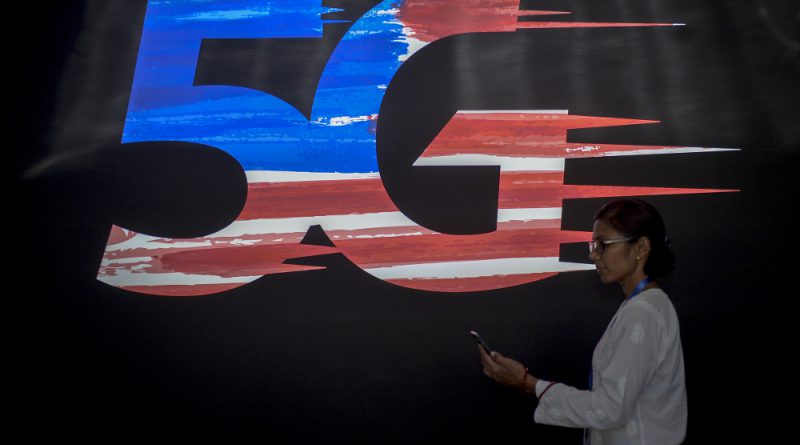Here’s why some 5G bands are not assigned to telcos in Malaysia
KUALA LUMPUR, Jan 6 — The Malaysian Communications and Multimedia Commission (MCMC) has kicked off the new year by revealing the spectrum bands for 5G in Malaysia. The spectrum bands will be assigned in Q2 and commercial availability is targeted for Q3 this year. Unlike the previous spectrum allocation, the lower 700MHz and 3.5GHz bands will be assigned to a single entity in the form of a consortium instead of individual telcos.
5G Malaysia MCMC
When it was first announced, MCMC explained that this single-entity approach will help lower capital expenditure (CAPEX) by minimising cost and prevent duplication of infrastructure. This is a necessary step to ensure that 5G is rolled out effectively and in a timely manner. According to MCMC, 5G will play an important role in driving the economy and we can’t afford to delay its rollout.
5G is a costly investment
At the moment, most telcos don’t have the capacity to invest in 5G on their own and the 5G Task Force estimates that RM7-8 billion investment is required for deployment. Based on current trends, CAPEX by telcos have been going down and it is currently below the industry average. Not only they have to invest in 5G but they are also required to continue to improve its existing 4G network. Even today, there are still telcos that are not offering Voice over LTE (VoLTE) which is a prerequisite for 5G.
In Malaysia, we are still lacking in fibre infrastructure and it is estimated that only 40 per cent of mobile towers in the country are fiberised. In order to roll out 5G, we would need more fibre-connected towers or else the implementation will be compromised like the current state of 4G. Individual licensees may not have the financial means to invest in fibre. As a result, in some areas, you could get full bars on 4G but the connectivity is slow if it’s using microwave access.
Celcom & Maxis 5G Network Sharing MoU
The NFCP Protem committee has recommended the sharing of infrastructure and we’ve already seen some effort by telcos to collaborate in the 5G space. With a consortium, participating telcos are able to share its resources required to roll out the relevant infrastructure and network services to support 5G.
As a result, telcos can focus more on providing service and application, and worry less about infrastructure cost. In theory, this should lower operating cost and the savings will be passed on to consumers.
Multiple consortiums can bid for the spectrum
There are concerns that a single consortium is equivalent to a monopoly but MCMC has clarified that they are not limiting the number of consortiums for the bidding process. Anyone can submit their bids if they meet the criteria but eventually, only one will be selected.
The criteria for the 5G consortium have not been determined yet and it is expected to be revealed within Q1 2020. Ideally, there will be mechanisms in place to ensure a level playing field for all stakeholders.
Do note that the spectrum band assignment to a consortium is only applicable for the 700MHz and 3.5GHz bands. The two higher 26GHz and 28GHz bands will be assigned through a tender process to licensees and 3rd parties which include non-licensees for the purpose of localised networks.
5G Spectrum for 4G use?
As announced earlier, MCMC has identified 700MHz, 3.5GHz, 26GHz and 28GHz for 5G usage. Some might argue that the lower 700MHz band would be better utilised for 4G and the MCMC has clarified that it is possible to use the band for LTE. With Dynamic Spectrum Sharing (DSS), operators are able to share 700MHz for both 4G and 5G.
Similarly for existing 2300MHz and 2600MHz, the MCMC is also open for existing LTE bands to be used for 5G. In China, 2600MHz is currently assigned to China Mobile for 5G and it is possible for existing telcos in Malaysia to do the same.
Although 5G seems to be the main focus in Malaysia, the MCMC is still pushing for telcos to improve its existing 4G coverage. With the formation of a consortium, the 4G mobile experience can be improved through a concerted effort to increase fiberisation. In addition, the NFCP also focuses on expanding 4G coverage in rural areas with the aim of delivering faster broadband with an average speed of 30Mbps in 98 per cent of populated areas by 2023. MCMC acknowledges that 4G in Malaysia has not reached its full potential and the current spectrum bands can be optimised further to provide a better experience. — SoyaCincau
Source: MalayMail

